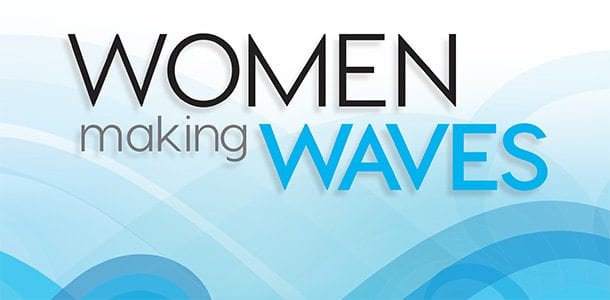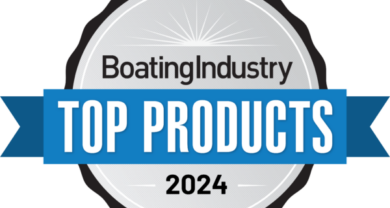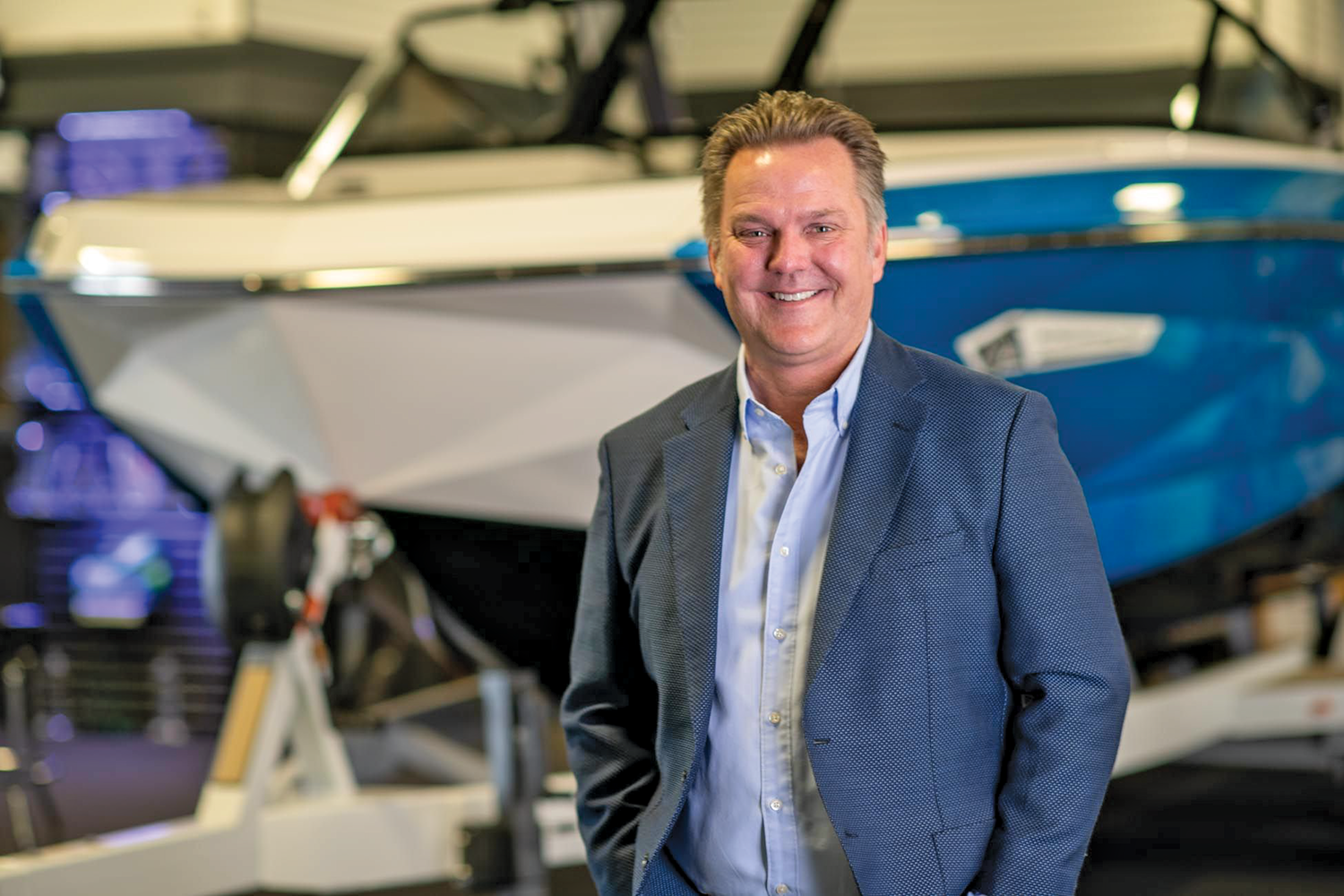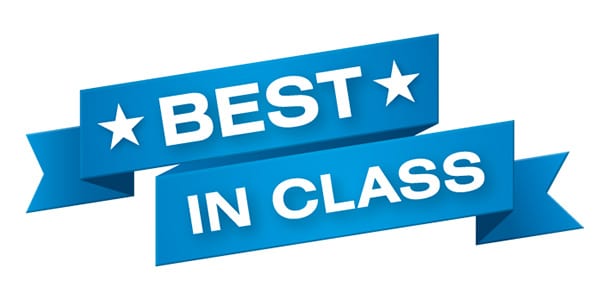Boating Industry’s 2015 Bold Moves
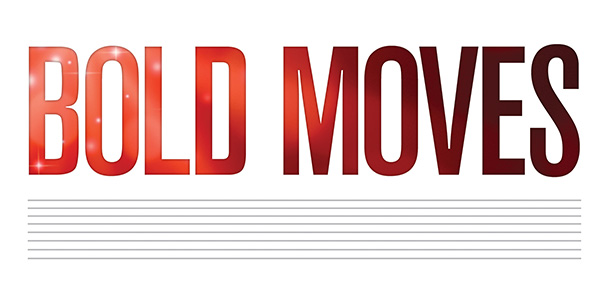
We have recognized our four Movers & Shakers for 2015, but they’re not the only industry leaders making bold moves to improve the boating industry.
Here are seven more individuals – and one family – that are working to shake up the industry. From tackling the invasive species challenge to taking on the country’s changing demographics, these leaders are working to advance their organizations and the entire industry.
Invasive solutions
John Adey
President, American Boat & Yacht Council
Annapolis, Md.
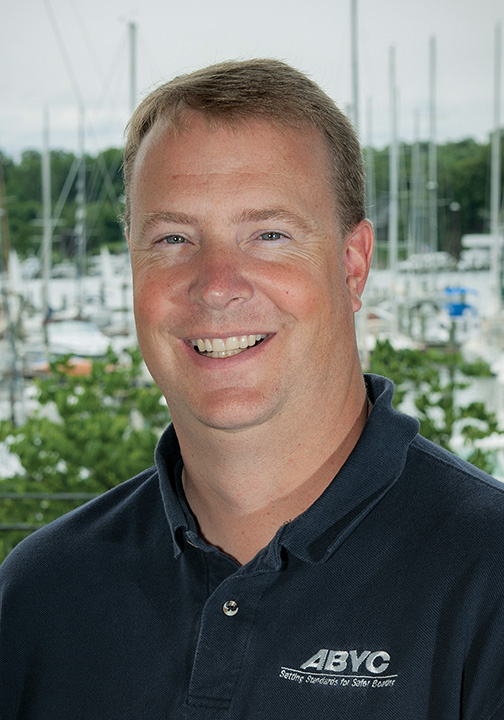
Invasive species have been an issue of growing importance in the industry as these aquatic hitchhikers continue to spread to new locations. It’s a problem that threatens water access throughout the country, as boating and fishing are hampered by AIS.
It was with that background that the American Boat & Yacht Council hosted the industry’s first Aquatic Invasive Species Summit earlier this year in Las Vegas.
More than 100 stakeholders from boat builders to engine manufacturers to government officials attended the summit.
“From a practical standpoint, it is the time to start developing and constructing boats in consideration of AIS,” said ABYC president John Adey.
The genesis of the idea for the summit came from a discussion Adey had with former NMMA counsel Cindy Squires a couple of years ago, where she pointed out the potential clash between decontamination efforts and industry standards for construction.
“It became pretty apparent that the decontamination processes that were going on were pretty detrimental to boat construction,” Adey said.
ABYC decided it was important to get industry representatives and the people on the front lines of AIS issues together to discuss the issue. The result was a better understanding by both groups of the issues involved.
“The Fish and Wildlife Service and those people learned a lot from the boat builders and the boat builders learned a lot from them,” Adey said. “It was the perfect timing and I don’t think there was anyone in the room who came away feeling that their time was wasted or that they didn’t learn something.”
There may be another summit in the future, and plans are already in place to develop a new technical document to address a number of areas of boat construction that could be improved by considering invasive species.
“We know we have the right people at the table, we know we have the expertise to write the document,” Adey said. “I would say in three years we’ll have a document out on the street with some very subtle and not too dramatic changes to boats to make it a little bit easier to decontaminate.”
Ignoring the problem and hoping it’ll go away is not an option, Adey said. If left unaddressed, it will cause serious problems for the industry.
“It’s something that’s going to really hamper the enjoyment of the water,” he said. “When that happens, all of us have a problem.”
Sterndrive success
Ben Dorton
Brand manager, Bryant Boats
Sweetwater, Tenn.
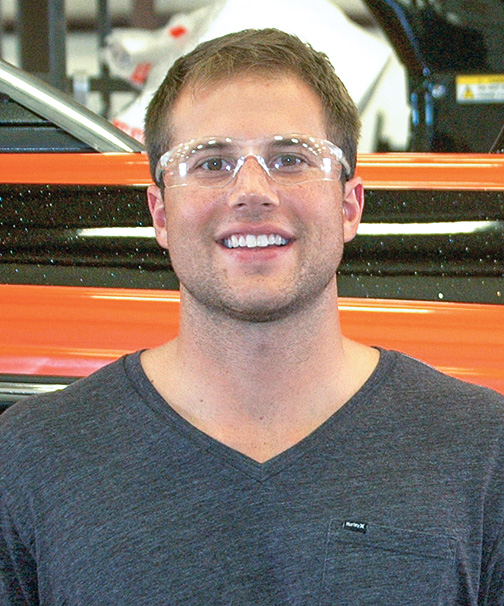
It’s no secret the sterndrive segment has been battered since the recession. While almost every other segment has shown growth over the last several years, sterndrive sales continue to drop – down about 10 percent over the last year.
At the same time, Bryant Boats has increased sales 17 percent. Why does Bryant buck the trend? The reason is simple, says brand manager Ben Dorton: Bryant builds boats people want.
“Our ability to understand the consumer has been very important,” he said. “We notice trends of consumers and we design products around them.”
Bryant is not worried about what other sterndrive manufacturers are doing, Dorton said. Instead, the Bryant team is looking at areas outside the segment and bringing those ideas back to sterndrives.
Bryant was the first sterndrive company to embrace the wakesurfing market with its 233X, featuring the patented Sportporch, which keeps the prop the same distance from the surfer as an inboard boat.
That boat has been especially appealing to Generation X buyers that may have an interest in wakesurfing but also want an all-purpose runabout.
“We have been taking Gen Xers that would probably have to buy an inboard boat to surf and putting them in our boats,” he said. “They like the versatility [of] a sterndrive, but still being able to surf.”
Bryant was one of the first boat builders to partner with Volvo Penta on the Forward Drive engine.
“We see that as a good thing for getting awareness out there that you can now surf behind a sterndrive with the Forward Drive,” Dorton said. “It’s going to be big for the segment, but it’s not going to save the segment.”
The company’s latest innovation, which Dorton took the lead on, is the Wake Tractor, a wake boat aimed squarely at Millennials. Knowing that they can’t afford a $100,000 tow boat, Bryant focused on engineering and designing out costs, but still delivering a quality product.
“We’ve got to have a boat for $40,000, on a trailer and it’s something that you’re proud of,” Dorton said.
The company put a lot of emphasis on the fiberglass design, working with renowned designer Peter Granata.
Bryant saved money on the helm by replacing most of the gauges with an app that buyers can access on their phone or tablet. Instead of a large stereo system, the boat comes with a soundbar that can connect to the phone or tablet via Bluetooth. Each boat will come with a Sony waterproof tablet.
“These are sales we would be missing if we didn’t recognize the customer and tailor our product to them,” Dorton said.
Growth culture
Serenity Gardner
COO, SeaDek Marine Products
Rockledge, Fla.
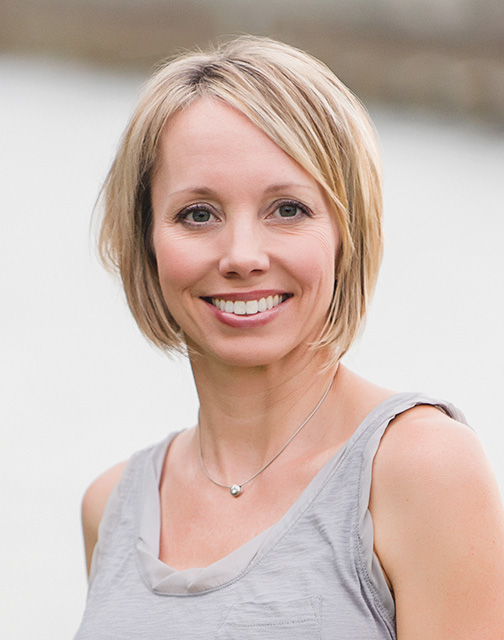
As the Great Recession hit and left the boating industry reeling, SeaDek found itself facing a major challenge.
SeaDek’s business was heavily dependent on OEMs, so with boat builders throughout the industry cutting back or going bankrupt, the company was especially vulnerable.
The SeaDek team began developing aftermarket programs and focusing on direct consumer marketing. Now, the sales mix is only about 50 percent OEM, with the rest coming from sales through retailers, custom projects and more.
A strong brand not only has helped with direct sales, but also helps to drive consumer demand for the product from boat builders, said chief operating officer Serenity Gardner.
“We have a pretty powerful marketing machine over here,” Gardner said. “A lot of effort goes into creating a brand identity and getting people to buy into that, creating an emotional attachment to the brand.”
With average annual growth of 50 percent over the last five years, much of Gardner’s focus has been on “how to not only scale up, but scale up well.”
One important factor has been keeping the manufacturing in the United States, with the company employing 70 people at its Florida factory – a workforce that has doubled in the last 18 months.
“It helps us better control our quality,” Gardner said. “It’s important to us when we’re going to put the SeaDek name on it that we can stand behind that. It also allows us to push innovation because we’re producing the product here, we’re very intimately involved in the production.”
SeaDek also become ISO certified in 2013, giving the company a framework for replicating its success. The company also cross trains all of its employees, so everyone understands what goes into the different jobs and products.
“Every single person who comes in here has to spend time on the production floor,” Gardner said. “They get to be intimately familiar with every process that we have.”
The latest innovation is certified fabricator and certified installer programs. SeaDek held its first certified fabricator course earlier this year for companies that have CNC machines and can cut and install the products and are trained to meet SeaDek’s level of quality. The first certified installer class is planned for this fall for individuals that want to learn how to install the product, but will work through SeaDek or certified fabricators to get the product.
Fuel pioneer
Miguel Guerreiro
President/CEO, Blue Gas Marine
Apex, N.C.
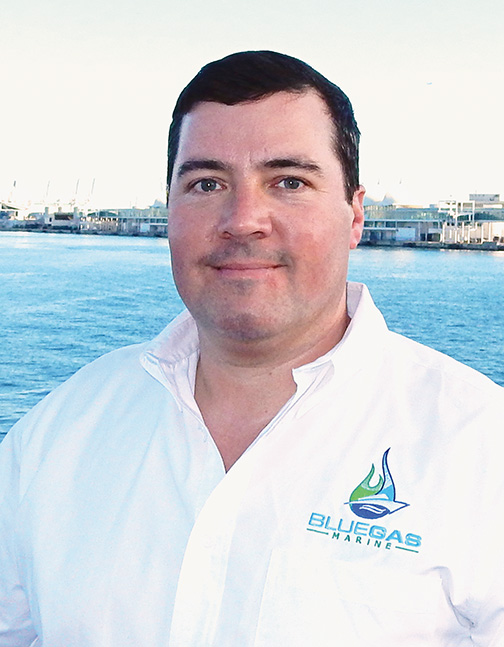
Like many great inventions, Miguel Guerreiro’s decision to start Blue Gas Marine came out of frustration.
The saltwater fishing fanatic and engineer was searching for an alternative to gasoline as prices topped $4 a gallon, looking to make his boat more fuel efficient.
“I found many alternatives available for cars and trucks, but found nothing available for boats,” he said. “Out of frustration was born the idea that if 40 percent of our buses run on natural gas, why haven’t I seen any boats running on it?”
Working with other experts in the field, he undertook six months of technical study and determined it was not only feasible but had good potential. In 2012, he started the company with the goal of delivering cleaner alternatives for fuel for boats, both for propulsion and onboard power generation.
In 2014, the company launched its first hybrid system as an add-on for gasoline-powered outboard engines. Depending on the region, boaters can fill up for $1 to $1.50 for a gallon equivalent of gasoline.
The product has been displayed at boat shows since last fall on Intrepid boats and has generated strong interest, Guerreiro said.
Customers that are using large amounts of fuel are the most interested in the product so far, such as marine units of municipal police departments, houseboat rental operators and commercial and serious recreational anglers.
Ski boat customers have also been contacting the company about the product, leading Blue Gas Marine to focus on inboard engines as its next category.
The company is also working on making natural gas more readily available for consumers to fill up their boats. There are already 2,000 stations across the country selling natural gas. Blue Gas Marine also sells a $4,000 system for homes and marinas that are served by natural gas so they can use that infrastructure to fill a boat.
And soon, the company will be rolling out trailers to deliver natural gas to marinas or boatyards that aren’t hooked up.
“Any light duty pickup truck can take these trailers with compressed natural gas and go to a marina during the day, with no need for a permanent station,” Guerreiro said. “We’re in the process of getting the right investment on board so we can purchase a lot of these mobile stations, and move from marina to marina within a small geographic location.”
The system is currently available directly from Blue Gas Marine, but the long-term strategy is to create a network of dealers and installers across the country.
Manufacturing makeover
Lori Melbostad
President, Premier Marine
Wyoming, Minn.
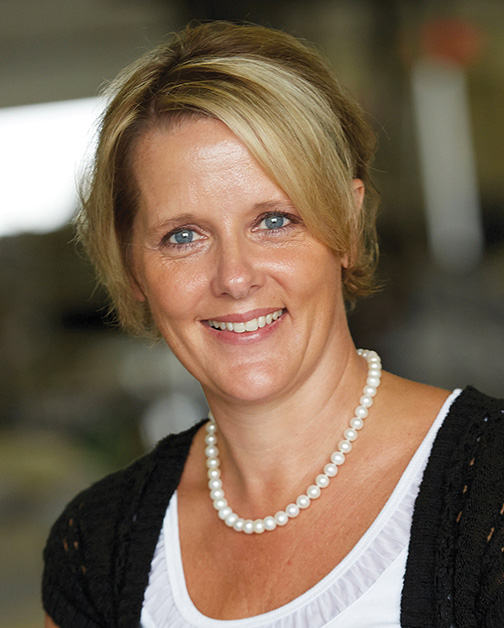
With 93 models across all its brands being manufactured in eight buildings, organization and communication are crucial to success for Premier Marine.
That’s why the pontoon builder implemented a robust material requirements planning (MRP) system with barcoding, configurable orders and ability to scale as the company grows.
It was a 14-month process that required extensive planning to implement, said company president Lori Melbostad.
Premier had to identify key areas where the company needed to change its structure, find a system with a robust configurator, install bar code operations throughout the facility and determine what inventory would be put in the system.
“Now we have a full view of all of our raw materials and a view of where each job is in the line,” Melbostad said. “We’re reducing raw material costs because we have a better flow. It’s given us more of a ‘just in time’ inventory and allows us to use forecasting models.”
The change also simplified the process of bringing production of Premier’s Palm Beach and Weeres brands from New Ulm, Minn., to the Wyoming, Minn., facility.
It also made it easier to roll out the bevy of updates Premier unveiled for its 2016 product line, with 81 updated models and 12 new ones for the model year. The innovations include a new self-retracting Ricochet ladder design, updated rail designs and more, with 26 new patents and more than 1,500 new part numbers to be integrated into the MRP system.
New models this year include the Dodici, a 12-foot wide model with a triple engine application, and the Encounter, a cuddy cabin model.
Power innovation
Chuck Rowe
President, Indmar Marine Engines
Millington, Tenn.
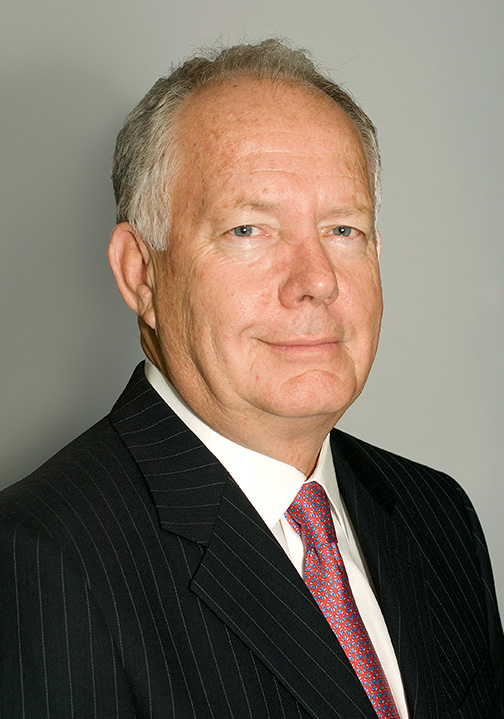
The tow boat buyer is a demanding one, looking for constant innovation and new designs to find that perfect ride.
One of the most important factors in building that great boat is developing the right engine.
With environmental standards continuing to put pressure on the automakers, marine engine manufacturers have had to adapt. At the same time, the tow boat segment has transitioned from being ski-dominated to wakesurfing.
Those factors combined give Indmar Marine Engines the opportunity to go in a new direction, said company president Chuck Rowe.
“Our boats used to be ‘how light can we make them,’ but with the advent of wakeboarding and surfing, all of the sudden, we’ve put 7,000, 8,000 pounds in them,” Rowe said. “We saw the direction we were going and looked the world over for what power was out there. What was the next logical step for Indmar?”
The answer, after more than nine months of research, was a “big displacement” engine, but one that wouldn’t break the bank.
“Our customers kept talking about value,” Rowe said. “They just didn’t want the latest and greatest and more cost.
“That’s when the 6.2 hit the radar. We looked at it and liked what we saw,” he added.
The Ford F-Series Super Duty block provided the solution for which Indmar was searching – the new ROUSHCharged Raptor 575.
The Indmar team spent more than three years and more than 6,000 hours of testing to develop the new engine, which offers better fuel efficiency with more power, Rowe said. It also features a non-traditional catalyst exhaust system designed to deliver the lowest emissions and intelligent monitoring systems with the goal of making operation easier for boaters.
Bringing the Ford block to the market, with its larger size, wasn’t easy.
“Most other people that looked at it went away from it because of packaging,” Rowe said. “Our engineering team did a phenomenal job of minimizing the impact. We’re basically the same size as any comparable package. It wasn’t easy.”
Since the engine’s launch in July 2014, response has been positive from both boaters and OEMs, Rowe said.
“It’s just doing a phenomenal job, beyond our expectations,” he said. “I don’t think we can stand still with what we’ve done, but right now it’s going to be really hard [for other engine companies] to compete. … It’s like the old hot rod saying that there’s no replacement for displacement.”
Reclaiming history
The Williams Family
Owners, Lamb’s Yacht Center
Jacksonville, Fla.
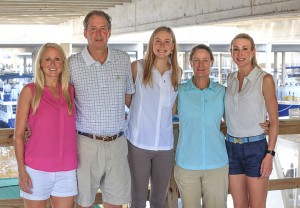
For years, Peggy Sue Williams had seen the marina her father, Bronson Lamb, started in 1960 sink further and further into decline.
A well-known landmark in Jacksonville, Lamb’s Yacht Center was sold in 2003 to owners who were never able to make a go of it, especially as the recession hit. With a slowing boating industry, maintenance and upkeep was deferred. The situation only got worse as boaters took their business elsewhere.
“I’m a huge boater and I just hated to see it in such bad shape and I hated to see it going downhill,” Williams said.
In March, Williams and her husband decided to do something about it – buying the business back with the goal of restoring it to its past glory. It became a family affair as the couple’s three daughters came back to help with the business as well.
Nadia Williams left a corporate career in Dallas when her father asked her to come back and help run the yacht center.
“We’d been thinking about it for years,” she said. “It was hard to see something with your family name on it being neglected.”
From landscaping to roofing to paving to rebuilding the docks, there’s plenty to be done to bring it up to where the family wants it.
“We knew the facility itself and the employees had been neglected, but we didn’t realize to what extent,” Nadia Williams said. “We keep uncovering things. You work on one project and realize there’s three other things involved.”
The work won’t be fast or easy, but in a few months it has already paid dividends, with community members and boaters coming back to the marina. People from throughout the community have pitched in to help restore the facility, Peggy Sue Williams said.
“We’re all working toward getting it back and making it a good spot that you’ll want to bring your boat and store it,” she said.
The situation had gotten so bad that employees were embarrassed to wear Lamb Yacht Center shirts in the community, Nadia Williams said.
“We want to bring back the pride that the family name used to have,” she said. “The goal right now is to fix it back up and let the community know the family is back in it, the heart is back in it.”
Customer driven
Todd Smith
Director of learning and implementation, CDK Global Recreation
Salt Lake City, Utah

When Todd Smith came on board at CDK Global Recreation in 2014, the company was dealing with an overwhelming demand for its Lightspeed software.
While that might seem like a good thing on its surface, it also meant CDK was struggling to deliver the service its dealers needed to go live with the software – a problem with the potential to undermine the company’s success.
Smith implemented a system of customizable elearning and communication tools that resulted in immediate improvements for CDK.
“We’re doing a much better job to tailoring the needs to what the actual learner is actually after, so if it’s someone who’s working in parts they’re getting the training that’s relevant to them,” Smith said. “It’s very standard in their ‘go live’ week to have a trainer come out and spend some time with you and although we’ve been doing some elearning training up front before the go live, we want to increase that with the leadership staff at the dealership.”
The most important change may very well be an internal communication system that ensures that anyone that a customer deals with at CDK will have a record of previous conversations. That saves time for both the dealer and CDK.
“When a dealership is on-boarded to Lightspeed, of course they’re going to interact with their salesperson, their project manager, their trainers, but also there are people behind the scenes that are supporting [who] need specific information about the customer: what products they bought, what’s important to them,” Smith said. “We really needed that one tool that could collect and at an associate’s fingertips, be able to tell us these are the specific set-ups this customer requested based on their business needs; these are the specific reports that they’re looking for. They don’t have to answer the same question twice.”
The changes have paid off with more satisfied customers, as reflected by a 35-point increase in the company’s Net Promoter Score in the last year.
A new scorecard system helps CDK to more easily track both dealers’ progress in learning, as well as the company’s success in educating them.
“As we make these changes, we can see, yes, customers’ assessment scores are getting better, their likelihood of adopting the software quicker is improving, and that’s why those are such important pieces,” Smith said. “We want to react and improve our processes, do it in a way that ultimately makes for a better experience for the customer.”

